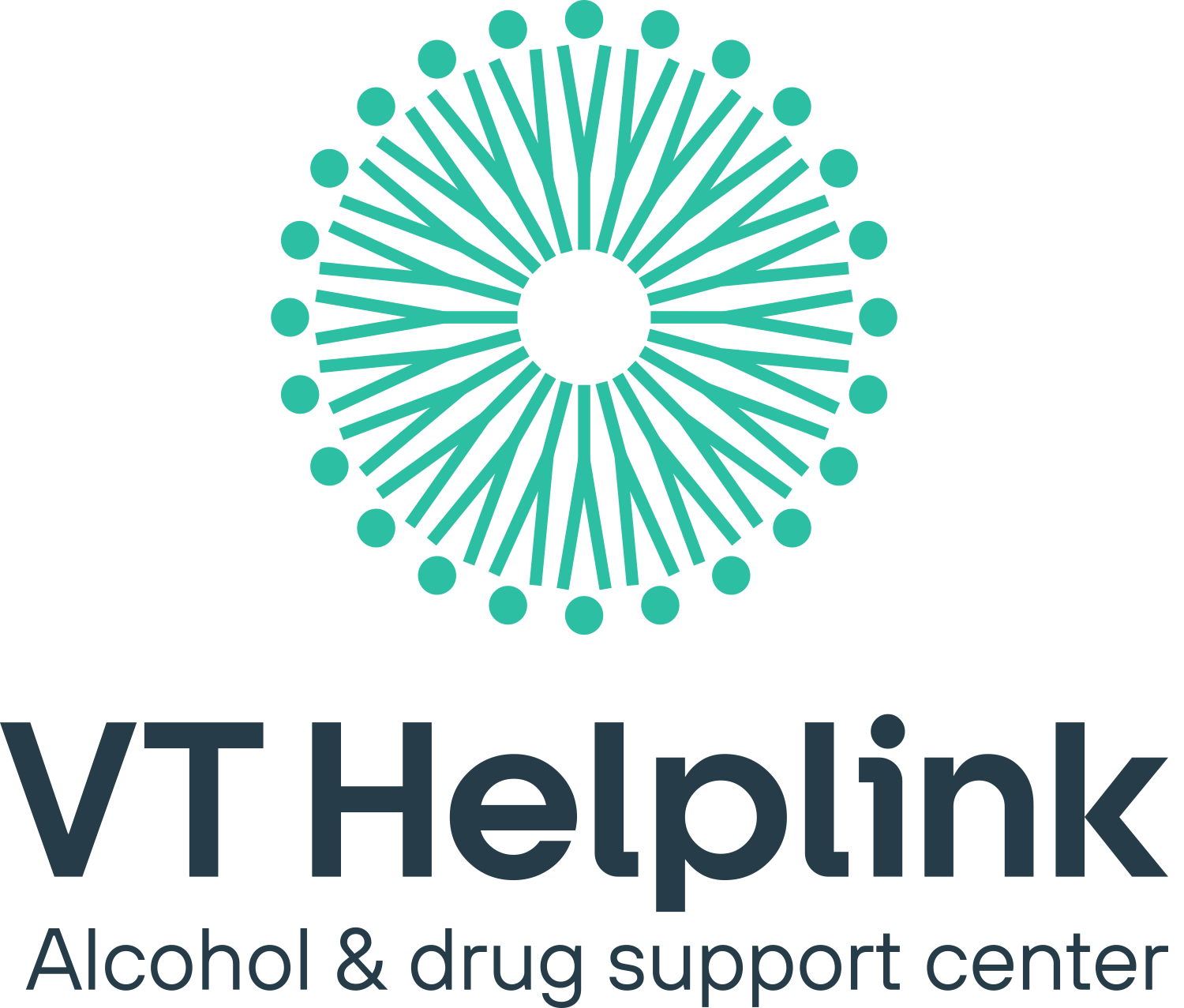What is alcohol?
A standard drink contains 0.6 ounces of pure alcohol. A standard drink is:
- 12-ounces of beer (5% alcohol content)
- 8-ounces of malt liquor (7% alcohol content)
- 5-ounces of wine (12% alcohol content)
- 1.5-ounces of 80-proof (40% alcohol content) distilled spirits or liquor (e.g., gin, rum, vodka, whiskey)
Alcohol by volume (ABV) affects drinking recommendations. ABV is a standard measure of how much alcohol (ethanol) is contained in a given volume of an alcoholic beverage (expressed as a volume percent). To calculate drink equivalents, multiply the volume in ounces by the alcohol content in percent and divide by 0.6 ounces of alcohol per drink-equivalent.
| Drink Description | Drink-Equivalents |
|---|---|
| Beer, beer coolers, and malt beverages | |
| 12 fl oz at 4.2% alcohol | 0.8 |
| 12 fl oz at 5% alcohol (reference beverage) | 1 |
| 16 fl oz at 5% alcohol | 1.3 |
| 12 fl oz at 7% alcohol | 1.4 |
| 12 fl oz at 9% alcohol | 1.8 |
| Wine | |
| 5 fl oz at 12% alcohol (reference beverage) | 1 |
| 9 fl oz at 12% alcohol | 1.8 |
| 5 fl oz at 15% alcohol | 1.3 |
| 5 fl oz at 17% alcohol | 1.4 |
| Distilled spirits | |
| 1.5 fl oz 80 proof distilled spirits (40% alcohol) (reference beverage) | 1 |
U.S. Department of Health and Human Services and U.S. Department of Agriculture. 2015 – 2020 Dietary Guidelines for Americans. 8th Edition. December 2015. Available via health.gov.
Moderate drinking is defined as up to 1 drink per day for women and up to 2 drinks per day for men.
Excessive drinking includes binge drinking, heavy drinking, and any drinking by people who are pregnant or people younger than age 21.
Binge drinking is defined as consuming 4 or more drinks for women and 5 or more drinks for men.
Heavy drinking is defined as consuming 8 or more drinks per week for women and 15 or more drinks per week for men.
What do the data tell us about alcohol use in Vermont?
National data shows that Vermonters in all age groups - youth (12-17), young adults (18-25), and adults (26+) - drink alcohol at higher rates compared to the country overall. People who begin drinking before age 15 are four times more likely to develop alcohol dependence than those who begin drinking at 21.
Vermont has similar rates of binge drinking to the United States.
It is important to understand the reasons Vermonters are drinking more frequently than others in the U.S. The Health Department is monitoring how our efforts are making a positive difference with young people drinking underage, and to encourage responsible drinking among legal age Vermonters.




